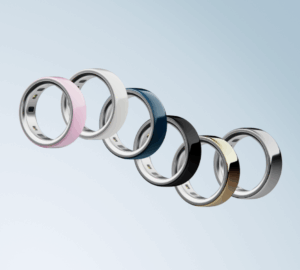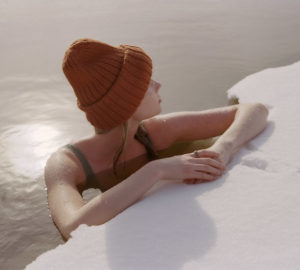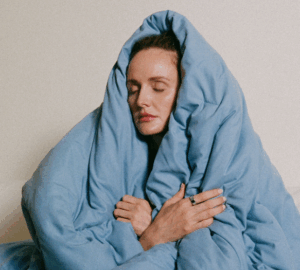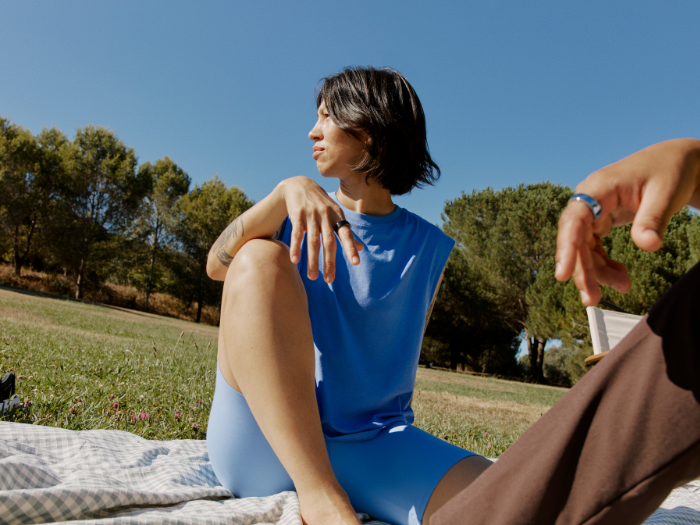On Tuesday, June 24, millions of Americans faced dangerous heat alerts and some East Coast cities experienced their hottest day in a decade.
This recent heatwave that scorched the eastern U.S. brought more than just sweltering temperatures—it also took a toll on our sleep and activity, as revealed by Oura member data.
By analyzing aggregate and de-identified Oura member data from 17 states, we observed noticeable shifts in sleep quality and a slight decrease in activity levels among members.*
Here’s a day-by-day breakdown of how Oura members fared during the heatwave.
RELATED: Longer Days, Less Sleep? How to Sleep Better This Summer
June 23: Temperatures Rise, Sleep Dips
Sleep
The initial impact on sleep was clear. Across all states in our analysis, Oura members saw their total sleep duration decrease by an average of 4 minutes. The Northeast bore the brunt of this, with significant declines in sleep duration in the following states:
- Delaware: 10.7 minutes
- Pennsylvania: 8.6 minutes
- New Jersey: 7.6 minutes
- New York: 7.3 minutes
Interestingly, Southern states seemed less affected, potentially due to residents being more accustomed to warmer climates.
Activity
As temperatures rose, so did the desire to stay cool indoors. Members in the Northeast showed a decline in their step counts:
- Massachusetts: 448 fewer steps
- Connecticut: 334 fewer steps
- New York: 220 fewer steps
Workout durations also saw a notable drop, with Massachusetts members decreasing their average workout time by 11.5% and Ohio members by 9.4%.
June 24: Peak Heat, Steeper Declines
Sleep
On what was the peak of the heatwave for many, sleep deficits became more widespread and pronounced.
- Oura members experienced an average loss of 5 minutes in sleep duration across all states in the analysis.
- Members in Connecticut, Massachusetts, and West Virginia saw the biggest drops in their Sleep Scores.
Activity
As temperatures soared, we saw the largest drop in steps and total workout duration across all states in the analysis.
- Delaware members seemed to be staying cool indoors, showing a 6.7% decrease in step count and a 12% drop in workout duration.
- North Carolina and Virginia also saw significant drops in exercise duration, with 7.9% and 7.8% decreases, respectively.
- An exception was Connecticut, where members surprisingly took an average of 135 more steps this day—perhaps a testament to finding creative ways to stay active despite the heat!
June 25: A Slight Cool-Down
Sleep
As the heat began to ease in some areas, sleep started to rebound, particularly in the Southeast.
- Florida members gained an average of 1.5 minutes of sleep.
- North Carolina members gained about a minute.
- The Northeast continued to struggle with sleep, with sleep duration still down by 3 to 6 minutes. Connecticut experienced the highest continued drop.
Activity
There was a sharp, uniform drop in step counts: Oura members took 800 to 1,250 fewer steps on average across all states in the analysis.
- South Carolina members saw the biggest decline in their overall Activity Score.
- Delaware members continued their trend of beating the heat by decreasing their workout duration, with a 15.6% drop.
3 Tips to Sleep Better in the Heat
Temperature is a critical factor in both falling asleep and maintaining sleep, explains Rebecca Robbins, PhD, sleep scientist and Oura advisor. “When sleep environments are experimentally warmed to 75 degrees Fahrenheit or higher, studies show more fragmented sleep, disturbing dreams, and nightmares,” she says.
Below, Robbins shares her expert advice to stay cool and get quality rest this summer.
Embrace Natural Light
Getting plenty of blue light, especially from natural sunlight, is essential. Not only does it provide Vitamin D, but it also offers invaluable information to your circadian rhythm.
The best times for light exposure are in the morning when you wake up and in the afternoon when many of us experience a slight dip in alertness. A short walk outside can give you an energy boost and help you avoid relying on energy drinks or caffeine that could interfere with your sleep later.
READ MORE: The Benefits of Morning Sunlight & How to Make it a Habit
Opt for Breathable Fabrics
Choose light, breathable fabrics for both your bedding and your pajamas. Avoid heavy comforters or blankets. Look for pajamas made from moisture-wicking materials, or if you’re comfortable, sleeping in nothing at all can help you stay cool.
Cool Down Strategically
If you find yourself tossing and turning because you’re too hot, get out of bed. Sit on the floor or a chair and practice mindfulness meditation or progressive muscle relaxation. If you feel overheated, a cool shower can help. Only return to bed when you feel cool and ready to fall back asleep.
LEARN MORE: Try Oura’s Guided Sleep Meditations for Deep and Restful Sleep
*This analysis included the following U.S. states: Alabama, Connecticut, Delaware, Florida, Georgia, Kentucky, Maryland, Massachusetts, New Jersey, New York, North Carolina, Ohio, Pennsylvania, South Carolina, Tennessee, and Virginia. Data averages were calculated by dividing within-person differences by the mean value from the same day of the week in the previous week.










